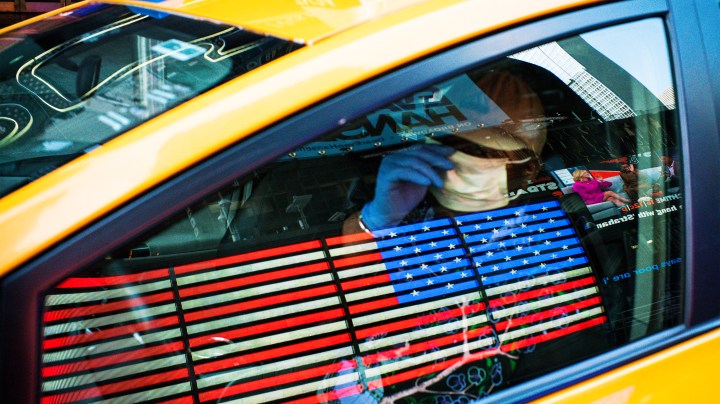
States are trying to build armies of coronavirus contact tracers
States are trying to build armies of coronavirus contact tracers

Widespread testing is seen as key to easing stay-at-home orders and allowing some parts of the economy to reopen, but capacity to carry out contact tracing is almost as important. Once we identify who has the virus, we’ve got to find and quarantine everyone they’ve had contact with. States are now trying to ramp up the number of contact tracers with public health resources that were already stretched thin.
Before the pandemic, only about 1,600 people around the country were doing this work full time. Experts estimate we’ll need up to 100 times more.
Ashlee Nelson and her team of 40 contact tracers were gearing up for a big testing drive Thursday in Grand Forks, North Dakota. For each positive test, they conduct a detailed interview, asking “how they got places, if they carpooled, who they talked to, how long they talked to people for,” she said.
Nelson is one of 300 new contact tracers hired by the state. Many of them, like her team, are graduate students in public health.
Dr. Joia Mukherjee, with the nonprofit Partners in Health, has been leading the effort for Massachusetts. She said they’ve hired 750 tracers in the last two weeks out of a total goal of 1,000.
Training takes just a few days and can be completed online. Mukherjee said the jobs require basic technology know-how and strong people skills.
“Being kind, being empathic,” she said. “People are scared, people are vulnerable.”
The organization has been inundated with thousands of applications from the newly unemployed.
Dr. George Rutherford of the University of California, San Francisco, is running training for his city’s health department.
“Right now we’re using repurposed workforce, like city attorney’s office, the assessors, some of the librarians,” he said.
California aims to add 10,000 contact tracers from the ranks of current public employees whose work has been paused. Rutherford said the need for more public health workers will persist long after those employees return to their normal jobs.
But many state and local public health systems are chronically underfunded, said Dara Lieberman, with the nonprofit Trust for America’s Health.
“That has left public health understaffed and unable to modernize,” she said.
A report from Johns Hopkins estimates it would take $3.6 billion in new funding to add the needed 100,000 public health workers to address the crisis.
There’s a lot happening in the world. Through it all, Marketplace is here for you.
You rely on Marketplace to break down the world’s events and tell you how it affects you in a fact-based, approachable way. We rely on your financial support to keep making that possible.
Your donation today powers the independent journalism that you rely on. For just $5/month, you can help sustain Marketplace so we can keep reporting on the things that matter to you.


















